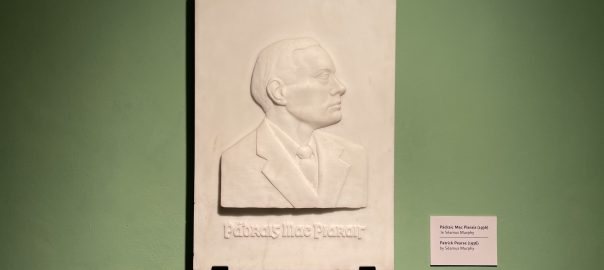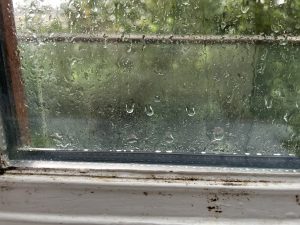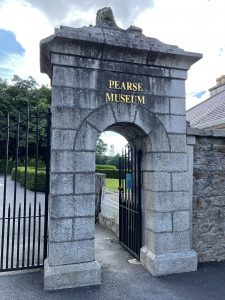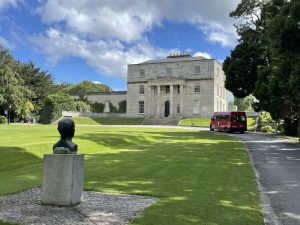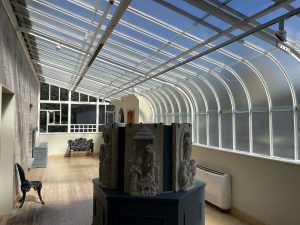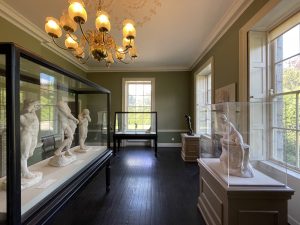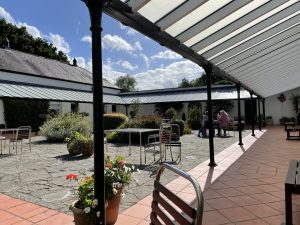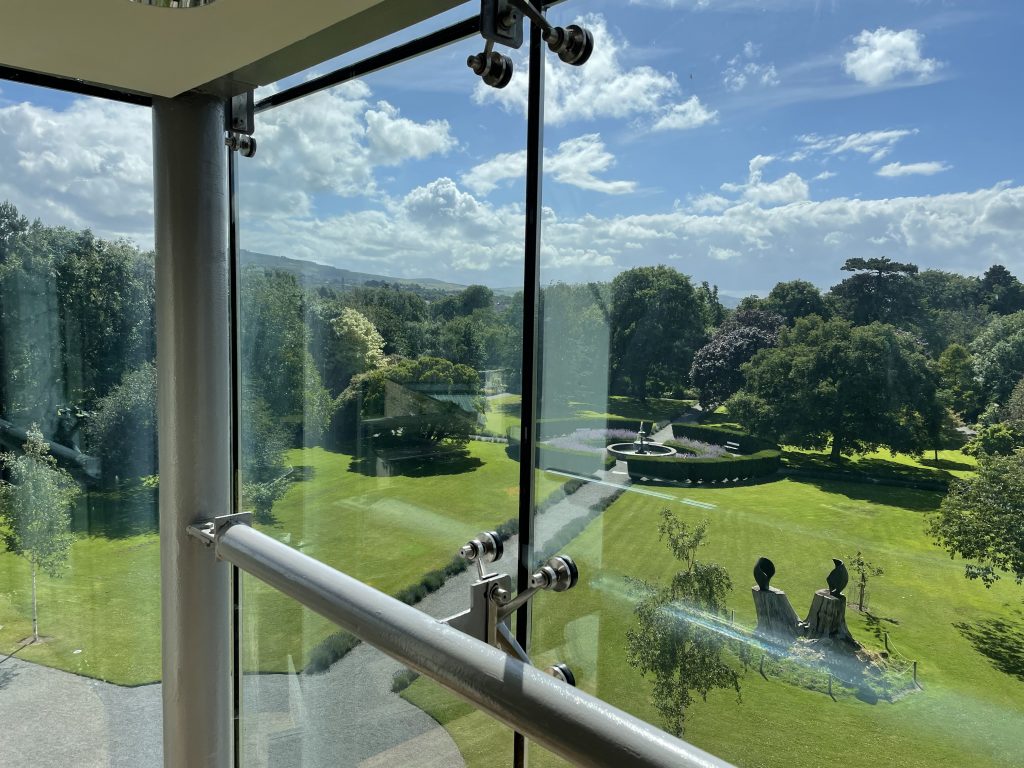Ireland day 0273. Tuesday 28 June 2022- Enda
| Today’s summary | Very wet morning so spent some time planning and then answering emails. In the afternoon when the weather improved, went into Dublin and had a quick look round St Enda’s Park and the Pearse Museum – which had been closed last time I visited. | ||||
| Today’s weather | Very wet all morning. Then bright and breezy with sunny intervals in the afternoon. Strong southerly wind. About 18C | ||||
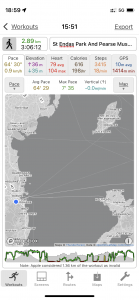 |
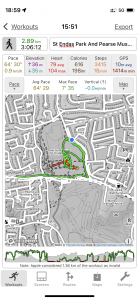 |
||||
| Today’s overview location (The blue mark shows the location of my route) |
Close-up location (The green line shows where I walked) (Click button below to download GPX of today’s walk as recorded, or see interactive map at bottom with elevations corrected): Enda and Pearse |
||||
Commentary
Irish politics is a complicated and sensitive thing, and I try not to get involved too much. Before we came to Ireland, I felt I was too vested in UK politics and I don’t think it did me much good. I don’t want the same to happen over here.
So, given this, why did I want to go and visit the Pearse museum this afternoon? Patrick Pearse, as you may remember, was one of the leaders of the Easter 1916 uprising, focused on the Dublin Post Office, and which launched the Independence campaign. He drafted and read the proclamation of the Irish Republic from the steps of the Post Office and (unofficially) became the first President of the Irish Republic on 24 April 1916. After the rebellion was crushed by British forces, he and his brother William were executed in Kilmainham gaol. So given the evident political overtones of a museum dedicated to his memory, it might seem like and odd place for me to choose to visit.
Coming back to the original question – why did I decide to go? Actually, I had been out to St Enda’s Park, where the museum is located, on 20 January as part of my exploration of the E8 long distance path. But on that occasion the museum was closed because of a burst water pipe. It felt like a bit of a loose end that needed closing off. And in any case, the museum and St Enda’s park are run by the OPW and as I am a fan of all things OPW I knew the museum would be worth a visit to admire the excellence of the restoration and layout as much as to scrutinise the contents.
So that was my objective for today, but I didn’t rush to set out as it was a truly miserable morning when I woke up. Stormy wind, leaden sky and lashing rain. So I focused on finishing off a few admin tasks in the flat and made some lunch, then set out about 1pm, by which time it had stopped raining.
It took quite a while to get out to St Enda’s Park as I kept missing the bus connections. But eventually I made it – though it’s quite a long journey, as the park is situated right on the southern perimeter of Dublin, nearly out at the M50 motorway. The park itself is named after Saint Enda of Aran ( a man, by the way) who lived about the year 500AD. The park is actually the demesne of a large house called the Hermitage, which was built by a dentist in 1780. Patrick Pearse bought the house and grounds in 1910 with the aim of establishing an Irish Language school for boys there. He named it St Enda’s, as he seems to have seen himself as a sort of latter-day Enda, giving up his previous life to teach a band of devoted followers.
Pearse believed strongly in preserving and cultivating the Irish language and traditions, and the school was established with this in mind. His younger brother William became involved and they both taught at the school. Over time, Patrick – and his acolyte William – because increasingly dedicated to the Republican cause, which eventually propelled Patrick to his leadership role in the 1916 Uprising. William followed him and after the surrender was also executed at Kilmainham – more because his links to Patrick than for any specific role in the insurrection.
The school had always struggled financially though after the death of the brothers, their mother and sister (both named Mary) took on running it and fundraising was eased by the notoriety and martyrdom status Patrick and William achieved after their executions. Nevertheless, the school still struggled and it eventually closed in 1935. But in a sense their legacy lives on, as today Irish language is a key part of the modern educational curriculum, and Irish culture and sports seem to be enjoying resurgent popularity.
Once the grounds and house passed to the State, on the wishes of the late Mary Pearse (the mother), the OPW set about working its magic so now the grounds are beautifully landscaped and the museum is well laid out with more information and exhibits than you could possibly assimilate in a brief afternoon visit. So today I had a quick look around inside to get the general feel of the place, then headed out to the courtyard for a coffee and for a quick family video call (the wonders of modern technology).
I found it a thoroughly worthwhile and interesting trip, and even enjoyed the sound-track which accompanied the latter stages of my visit kindly provided by Guns ‘n Roses, who were performing in nearby Marlay Park. I think I have been closer to more rock gods (and not of the geological kind) over my last month in Ireland than I have ever been at any point in my life up to today!
Before I finish though – and returning to the apolitical note at the start of this blog. I realise there is a certain irony choosing today to visit a museum dedicated to the life and works of a fierce republican who was devoted to the cause of breaking away from “Perfidious Albion”. This timing was completely unintended.
In those parts of the United Kingdom which have announced today that they may wish also to become independent, I hope that if the majority of the people living there actually want it, then they are able to achieve their objectives without the pain and anguish which marked Ireland’s separation and which is still occasionally evident even today, a century later.
Today’s photos (click to enlarge)
Interactive map
(Elevations corrected at GPS Visualizer: Assign DEM elevation data to coordinates )
Max elevation: 94 m
Min elevation: 73 m
Total climbing: 82 m
Total descent: -84 m
Total time: 03:06:01
